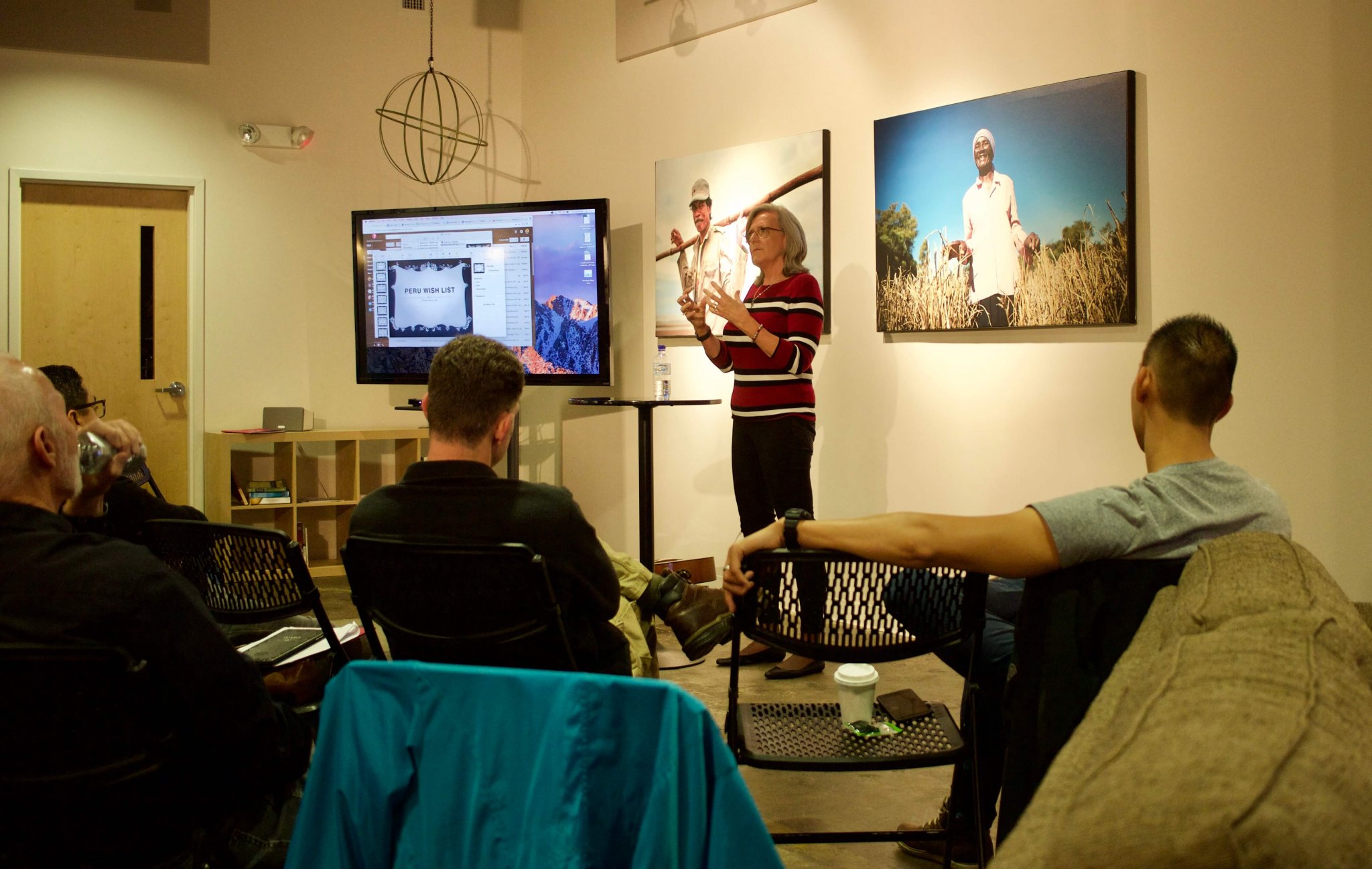
“I’m not malcontent. I am chronically discontent.”
These words still echo from Marti Williams’ presentation to SAM and TEAM Latin American leadership in November.
“This is the definition of a leader. You always see where we can go and you’re not satisfied with the status quo—you’re trying to get us there. So, I’m not malcontent, I’m not that dripping faucet. I’m just chronically discontent with the fact that the church is not availing itself to women and those who do not identify themselves as ‘white’.”
Though it sounds harsh, missions in Latin America has historically been primarily white, and leadership within missions as been predominantly male. Marti addressed that this pattern is not inherently ‘wrong’ but that in the process of maintaining a majority white missionary corps or male leadership structures, we are missing out on the opportunity of reflecting in our community the real and beautiful diverse makeup of God’s kingdom.
She then exhorted our leadership observe the women around them and invite them to use their gifts: “as a woman I will not necessarily put my hand up for something. But if someone taps me on the shoulder and says ‘Marti would you be willing to do this?’ Yes, I would. I won’t naturally step forward, though, because I don’t want to be that woman who’s always advocating.”
Most congregations in Western churches are at least 65%-75% women. When pastors tell Marti that they don’t understand where she finds these statistics, she counters with why they aren’t able to see the amount of women in their communities.
“It’s like when you have someone riding a motorcycle,” she says, “and they get into an accident. Most drivers of cars say ‘I didn’t see them’, but that’s because they weren’t looking for a motorcycle on the road. They were only looking for other cars or trucks. We do the same thing within leadership when we are only looking for men or people of our own ethnicity.”
One example of this was when Marti attended a committee meeting and she was the only female among the 6 attendees. A pastor who had said “I don’t know where you get these statistics from” at one point in the committee meeting stated that “there are 5 of us here”.
Marti reflected, “I sat there and thought ‘I am invisible.’”
When we have rigid concepts of leadership based on our own genders, ethnicities, and cultures, we overlook the complex beauty and contributions people of differing backgrounds have to offer. “God created man and humankind in his own image, male and female,” Marti posits. “He intended for both of us to be image bearers because His image cannot be borne by just one. And it takes all colors as well.”
